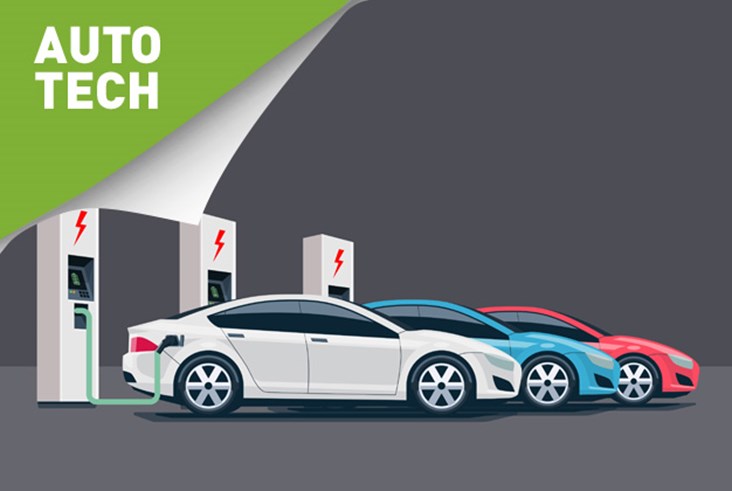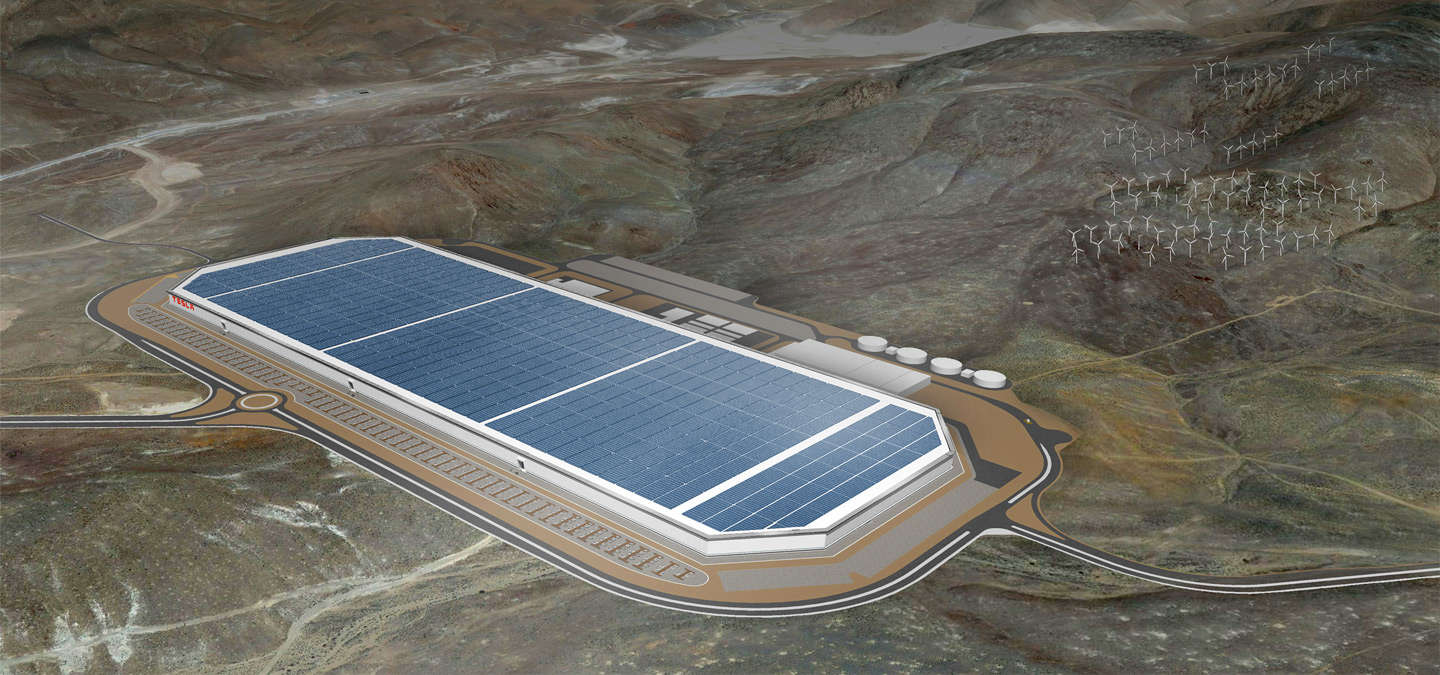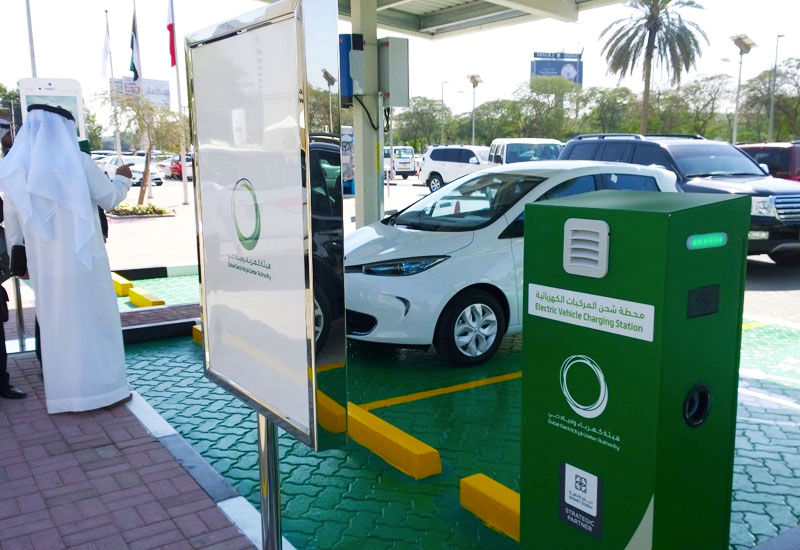
In recent years, climate change has become a worldwide concern and many industries have taken notice, as for the automotive industry, every major automaker has begun working on a lineup of Electric Vehicles (EVs). In addition to its environmental benefits, producing EVs offers automakers manufacturing simplicity in comparison to typical combustion engine vehicles. The mechanics of a regular car includes an engine, air-intake system, clutch transmission, fuel system and exhaust system just to name a few. EVs on the other hand mainly require an electric motor, battery, as well as some wiring and controllers to make it all work.
The invention of EVs dates back to the 1800s and even predates the introduction of the internal combustion engine. However, the cost and complexity of battery technology has been the major barrier to mass production of EVs. Regardless, the increase in environmental awareness has automakers investing in battery R&D and manufacturing processes which has led to rapid technological improvements year by year.
Market Leaders
With over thirty global car manufacturers offering EVs, there are but five who dominate in terms of sales and market share: Tesla Motors, General Motors, Ford Motor Co., Renault-Nissan and BMW. The market is ripe for competition and will undoubtedly attract more competitors to the EV marketplace.

Tesla Motors, the youngest automaker out of the five, has been the key-innovator and market leader since inception, exclusively offering electric vehicles. Tesla’s mission is to “accelerate the advent of sustainable transport by bringing compelling mass market electric cars to market as soon as possible.” Its undivided effort has been the major contributing factor to EV market domination. Their name itself pays homage to Nikola Tesla, the Serbian inventor and engineer who created the AC induction motor found in Tesla cars. Tesla has always strived to differentiate itself and Elon Musk’s vision for the company has allowed Tesla to successfully change the “hippy” stereotype of EVs through differentiation and innovation.
So what makes Tesla different? Thanks to their innovative technology, Tesla vehicles are capable of achieving incredible performance figures unprecedented for an EV. Its higher performing vehicles, such as the P90D and P100D, are capable of achieving 0-100 KM in around 2.8sec - that’s even astounding for a supercar. In addition to high performing electric motors, Tesla provides advanced batteries and charging stations. Tesla models have an average mileage of 450 kilometers on a full charge (depending on driving conditions) and can reach full capacity in as little as 75 minutes when using a “supercharger” station - competitor vehicles don't even come close to that. With all these impressive stats, however, comes an impressive price tag. A base model Tesla can set you back at least $70,000. But have no fear, if you’re still looking to go “green” without burning a hole through your wallet, various substitutes are readily available at a much more affordable price. Smaller city EVs such as the Chevy Volt, Ford Fusion PHEV, Nissan Leaf and even the BMW i3 come at an average price of $40,000 but offer less power, smaller batteries and longer charging times.
Technology & Innovation
Given that EV performance is dependent on the capabilities of the battery and electric motor, research and development revolves greatly around the two.
Battery Development
The reason why EVs are relatively expensive is primarily due to the high cost of the battery. In order to tackle this, economies of scale need to be achieved by increasing volume. In this case, Tesla is already ahead of the competition, currently building a $5 billion factory dedicated to the development and manufacturing of batteries. Tesla’s “Gigafactory” will help reduce battery production costs by 30%, helping Tesla offer more affordable vehicles. For an automaker offering electric-only vehicles, such a factory will result in a significant return on investment in the long run, for others, it may not be worth their while. In addition to decreasing battery cost, automakers also focus on battery weight reduction, output efficiency and lower charging time in order to increase vehicle performance, range and convenience.

Electric Motor Performance
One of the most advantageous features of EV electric motors is the capability of achieving incredibly high torque. The way an electric motor produces power is much different than an internal combustion engine. A traditional internal combustion engine needs a combination of compression, combustion and rotation (RPM) to exert force; electric motors on the other hand only require an electric current and magnetic force. By running an electric current, the electric wire transforms into a magnet which in turn pushes against another magnet which consequently results in force – the more current supplied, the greater the force/torque. Tesla’s innovative electric motors prove that EVs can keep up and even outperform regular vehicles. This has generated a lot of customer interest, which in turn has motivated EV automakers to constantly innovate and improve electric motor efficiency and output.

Government Involvement
Governmental institutions around the world have been offering tremendous support for the mass production/adoption of EVs in an effort to help reduce greenhouse gases. Given that gas emissions could be reduced by more than 80 percent through the mass adoption of EVs, governments have begun writing up numerous policies in order to support automakers and consumers. In order to try and steer both toward EVs, environmentally conscious governments have been imposing higher “gas guzzler” taxes as well as more stringent environmental protection regulations on regular vehicles. A more supportive policy toward EVs is the offering of low-interest loans to automakers and the aid in financing charging stations. The U.S. Department of Energy, for example, offers “ATVM” (Advanced Technology Vehicles Manufacturing) loans to qualifying car manufacturers who need financial assistance in manufacturing energy efficient cars. Both Tesla and Renault-Nissan have greatly benefited from this program, helping them increase both production and sales considerably. As for the consumer, governments are implementing low import taxes on EVs, making them more affordable to the public. In addition, many countries have also begun offering consumers tax returns and subsidies for purchasing EVs, which has proved to increase consumer demand for EVs considerably.
With more companies joining the EV revolution year by year, governmental support is crucial. It comes as no surprise that the number one supporter for EV adoption has been the USA. In efforts to accelerate the adoption rate of EVs, the U.S government has announced the construction of a nationwide network of commercial scale and fast charging stations for coming years. Many countries are coming to realize the great benefits EVs bring to the community and environment. In the Middle East, where petrol is abundant and readily available, numerous countries have begun taking action and supporting the cause.The UAE and Kingdom of Saudi Arabia, for instance, have shown their support by accelerating the installation of charging stations around the country with plans of installing hundreds more in the near future. The Department of Transport in Abu Dhabi, for example, recently opened a high-tech car park, which includes rechargers for electric and hybrid vehicles in an effort to make EV driving and charging more convenient. UAE’s EV adoption, however, doesn’t stop there; with Tesla’s official launch in the UAE this week, demand for EVs will increase significantly.

Conclusion
Over time, automakers will need to unwillingly start producing EVs in order to keep up with market trends and avoid irrelevancy. The increase in media and news coverage surrounding climate change has consumer demands shifting towards renewable energy such as battery and solar power. Automakers seem to be paying attention by investing more in EV R&D. Although EVs produce zero waste, high performance and better efficiency, they do present some major concerns.
Indirect pollution
Although EVs themselves do not produce any emissions, the electricity used by EVs for recharging is generated by coal-fired power stations. When plentiful, charging stations may minimize emission reductions to almost nothing due to the pollution caused by coal. EVs can be considered cleaner than internal-combustion vehicles only if the power used to charge them is also clean. For instance, in countries like France, more than half its power is obtained from nuclear stations which allow EVs to undoubtedly help reduce greenhouse gases. In China, however, 80% of its electricity is produced from coal, which does no good for the environment whatsoever.
Disruption of the Oil Industry
The adoption of EVs also poses a major threat to the oil industry and could be the cause of another 2014-style oil price meltdown. The fast adoption of electric vehicles will cut into oil demand enough to cause prices to fall almost permanently. Analysts predict that the approx. 2 million barrel demand of oil per day could be erased by 2025 due to the penetration of EVs in the transportation sector. What’s worrisome is that EVs do not even have to take over the market to cause a financial crisis in the oil industry, a mere 10% shift in market share could cripple the oil industry and that threshold could very well be reached within a decade.
Latest Business
Intelligence Report













